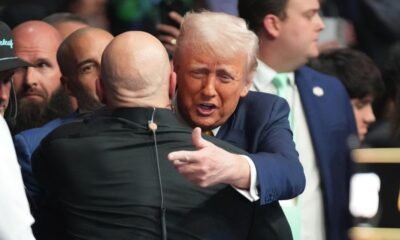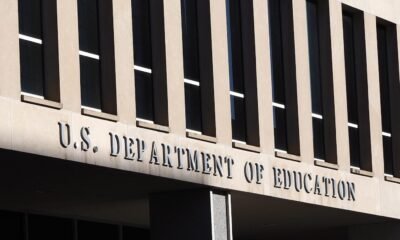Business
Supreme Court Bows to Trump, Dismisses Bid to Reinstate Federal Workers

On Tuesday, the Supreme Court granted an emergency pause requested by President Donald Trump regarding the reinstatement of over 16,000 terminated probationary federal employees. This decision comes after a lower court’s order mandated Trump to rehire these individuals, a ruling the justices found insufficiently backed by the allegations from nine nonprofit organizations.
Justice Sonia Sotomayor and Justice Ketanji Brown Jackson expressed dissent, arguing that the case should not have reached the emergency docket without thorough legal briefings and oral arguments. Jackson specifically highlighted that the situation did not exemplify irreparable harm warranting urgent intervention.
In response to the lower court’s directive, the Trump administration characterized the reinstatements as judicial overreach into executive authority. Workers’ advocates, however, contended that the administration had acted beyond its legal scope in the first place.
The nonprofits involved echoed this sentiment, noting that multiple courts had intervened to reinstate federal employees affected by the administration’s firings, which they deemed unjustified. Earlier this year, Trump and his advisor Elon Musk initiated significant cuts to federal employment, targeting financial inefficiencies within the government, which primarily affected probationary workers—those new to their positions or returning to the federal workforce.
Unlike political appointees, civil servants have protections against arbitrary dismissal and can only be terminated for performance issues or misconduct. Reports surfaced that employees terminated in the recent purge received “performance-based” dismissals—a shocking blow to those who had positive evaluations or lacked sufficient tenure for reviews.
Labor unions accused Charles Ezell, the acting director of the Office of Personnel Management, of facilitating these dismissals through template letters mischaracterizing the reasons for terminations. U.S. District Judge William Alsup intervened, ruling that the Office of Personnel Management lacked the authority to mandate such firings, thereby pausing the terminations.
In his appeal, Trump argued that Alsup’s jurisdiction was limited, contending that the firing decisions originated from agency discretion rather than direct orders from the Office of Personnel Management. The Justice Department supported this view, asserting that Alsup’s ruling misinterpreted the independence of federal agencies.
The government further criticized district judges for their rulings against its personnel decisions, claiming that allowing a single court to overturn Congressional decisions undermines federal authority. Trump emphasized the logistical challenges of reinstating a large number of employees, but advocates maintained that the ruling simply addressed the fallout of the administration’s initial unlawful actions.
The nonprofits underscored that the magnitude of restoring the employees reflects the extensive mismanagement by the government, cautioning that normalizing quick, destructive actions could lead to lawlessness in administrative practices.

















